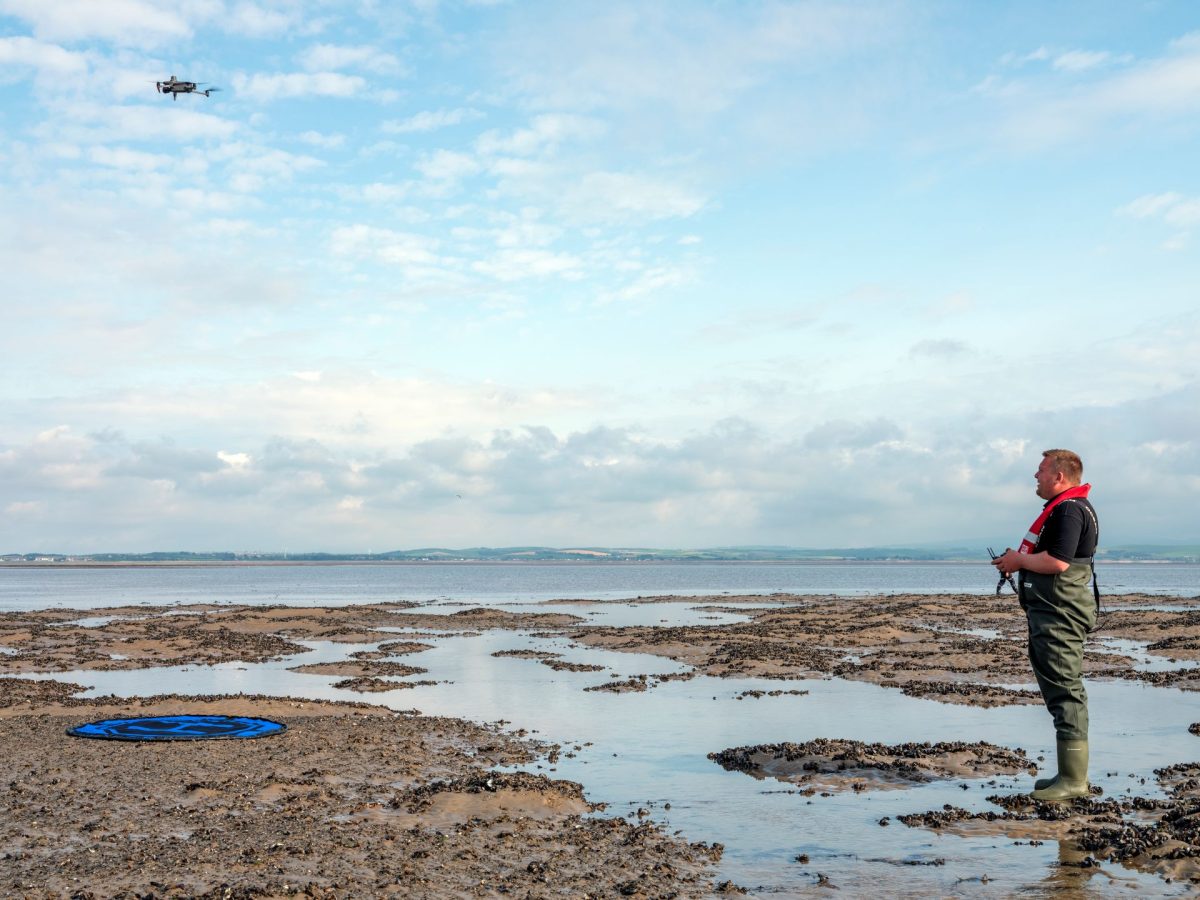History
Lancashire Sea Fisheries Committee Formed
8th July 1890
The Committee consists of 63 members including six councillors from Lancashire and representatives from the 12 county boroughs including inland counties such as Bolton, Burnley, Oldham, Rochdale and Salford. In addition there are three representatives of the Boards of Salmon Conservators for the three main rivers the Kent, Lune and Dee and 23 representatives from the Board of Trade.
First Committee Meeting Held
2nd October 1890
The first Committee meeting is held. Mr. John Fell is appointed Chair, standing orders are drafted and approved, accounts are set up and the first precept for 3/64 of 1 penny in the pound raises £3,803 11s 2d. A Sub-Committee is established to draft byelaws.
‘Mavis’ Purchased
3rd March 1891
The Committee’s first patrol vessel ‘Mavis’ is purchased from brokers “Allen Bros” for £1,585. The exact date of purchase is not known and very little is known about the vessel beyond that she was made of steel. She was purchased as an interim measure until ‘John Fell’ entered service. She served her purpose well and when the new byelaws were introduced there was anger from the industry, who cut her adrift from her mooring and all loose gear was removed. She was sold in 1892 for £1,400.
First Byelaw Introduced
7th August 1891
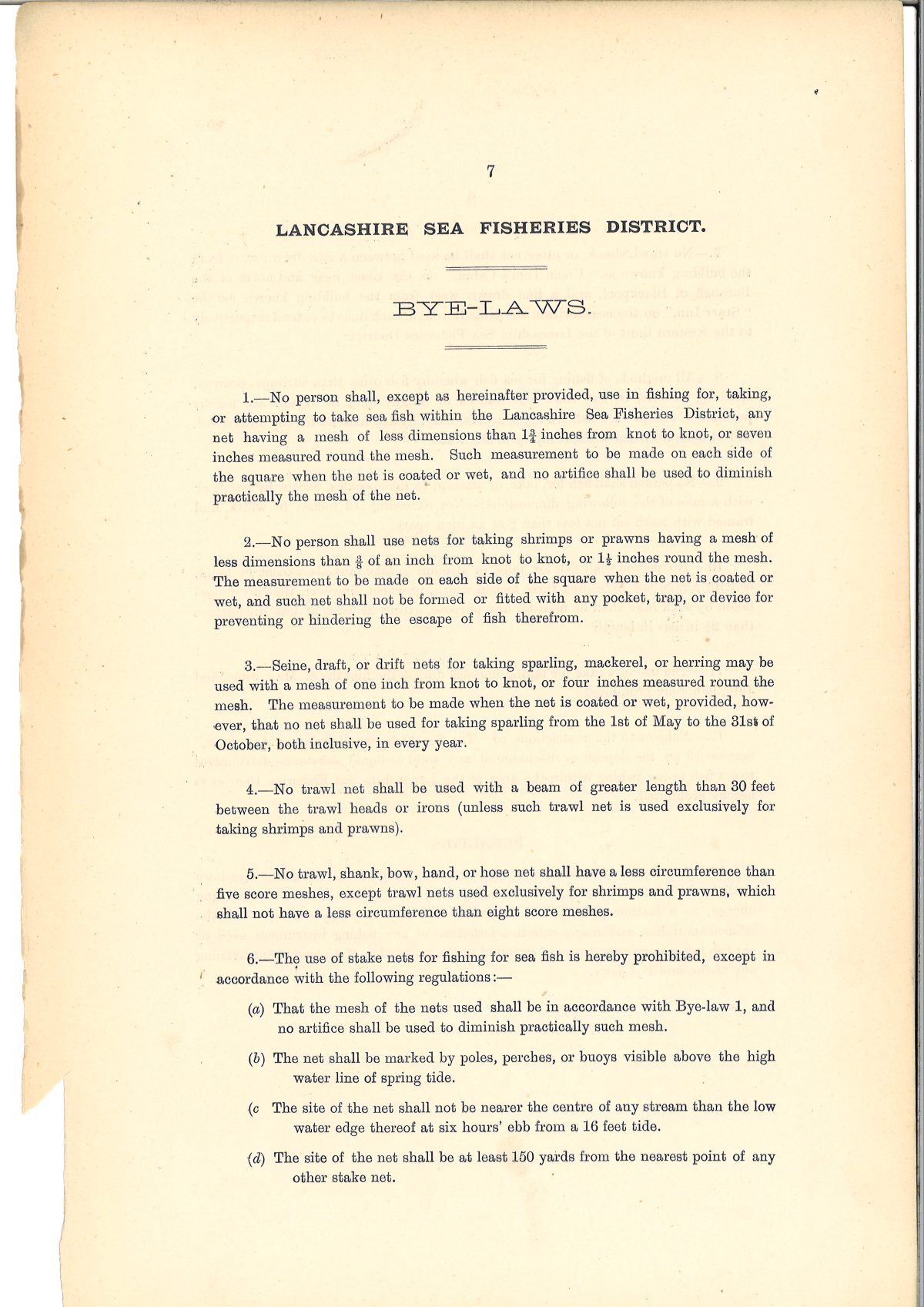
‘John Fell’ Enters Service
1892
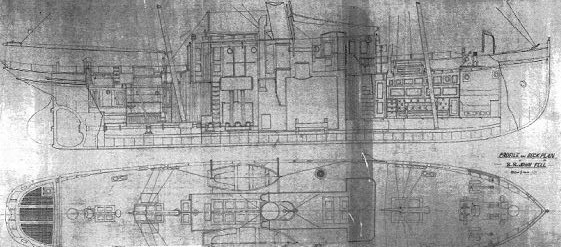
‘John Fell’ enters service with Lancashire Sea Fisheries Committee (exact date not known). She was designed by G. L. Watson and built by Muir & Houston of Glasgow on behalf of the Committee for a cost of £3,600. There are no photographs or technical specifications held within the records, however a drawing of the general layout still exists (pictured above). She was sold out of service in 1901 for £2,500.
Purchase of ‘Ziska’ (‘John Fell 2’) Agreed
April 1901
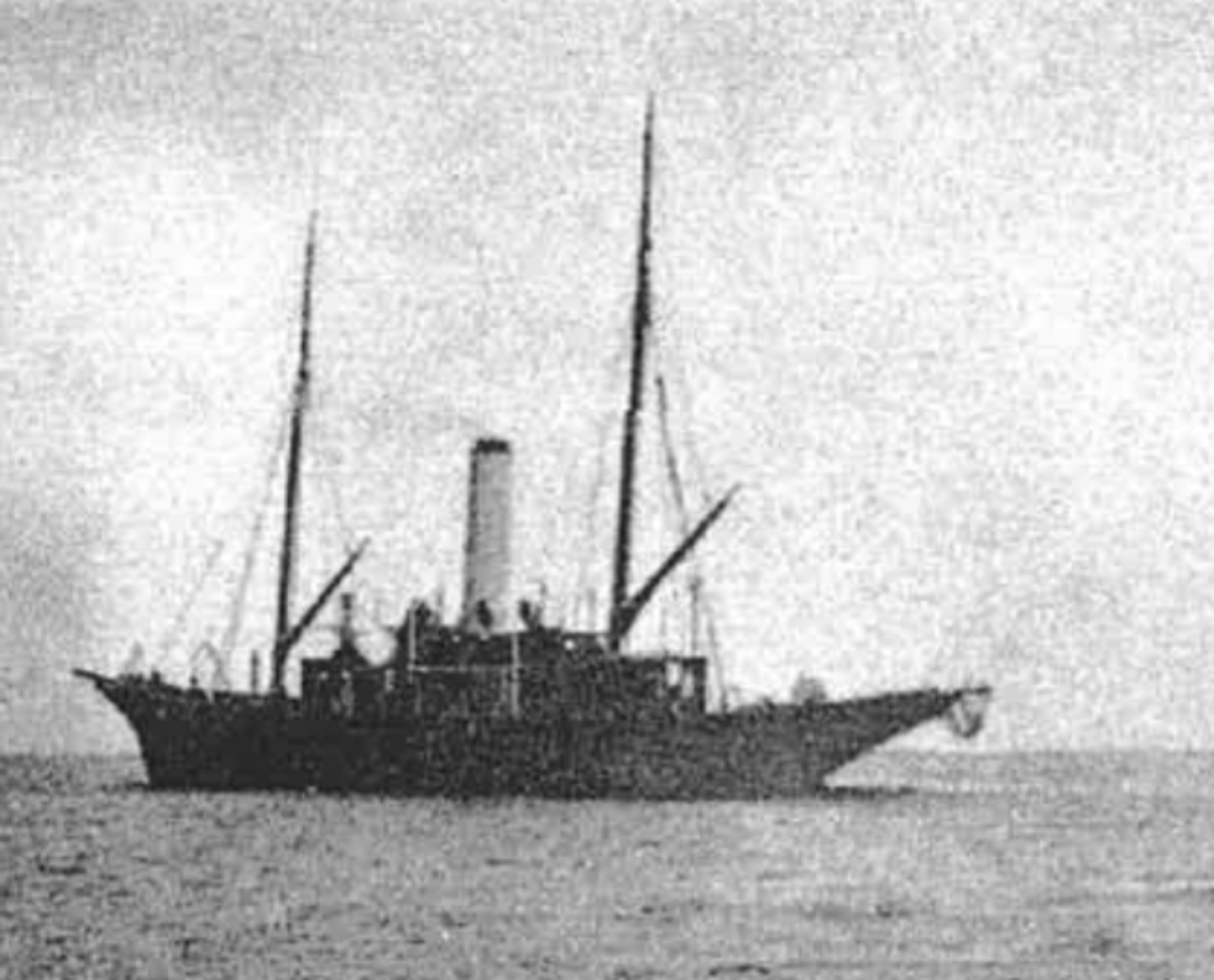
The purchase of the steamer ‘Ziska’ for the sum of £8,250 is agreed, with a further £200 allocated for conversion work. Her renaming to “John Fell” was announced in the Superintendent’s report of March 31st 1901. She remained in service to the Committee until at least 1907, the exact date of her end of service is not known.
‘James Fletcher’ Arrives in Fleetwood
23rd December 1907
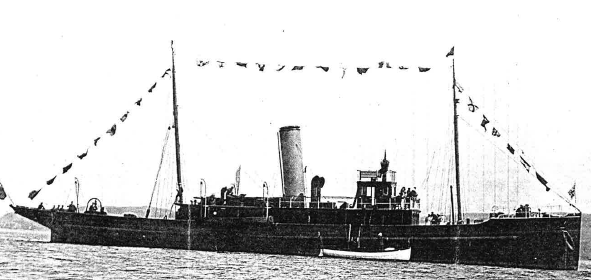
‘James Fletcher’ arrives in Fleetwood after being handed over to the Committee on 21st December 1907. She was designed by R. A. Richardson of Liverpool and built by Messrs G. Phillip & Sons Ltd. of Dartmouth for the sum of £12,900. She served the Committee for nearly 30 years and also served her country in World War One. She was sold in 1936 to T. W. Ward Ltd. of Sheffield and Preston for £570 in 1936.
‘Charles MacIver’ Launched
27th May 1936
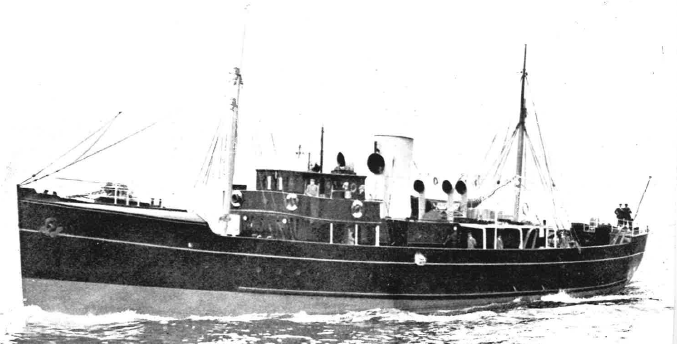
‘Charles MacIver’ is launched. She was designed by Messrs. G. L. Watson & Co of Glasgow and built at the shipyard of Messrs. A. and J. Inglis of Glasgow for a total cost of £24,930. She was sold in 1951 to the Humber Conservancy Board for the sum of £10,250 including delivery and minor boiler repairs.
New Patrol Vessel Named ‘Thomas S. Richardson’
29th March 1951
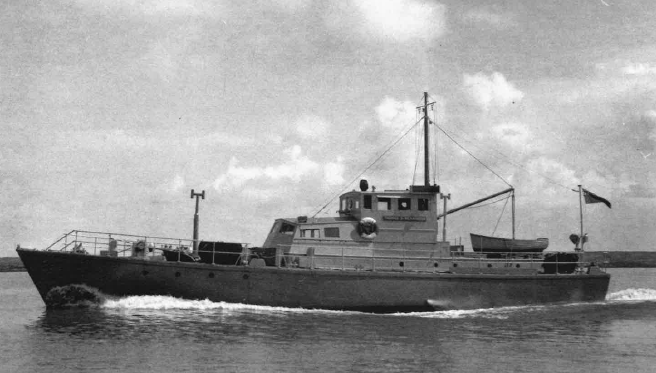
The new patrol vessel, an ex-Admiralty motor launch called the ‘Violanda’ is renamed ‘Thomas S. Richardson’, following its purchase by the Committee in mid-1950. She would see 15 years of service before being sold in July 1966 for the sum of £4,000.
‘John Beardsworth’ Named
29th October 1959
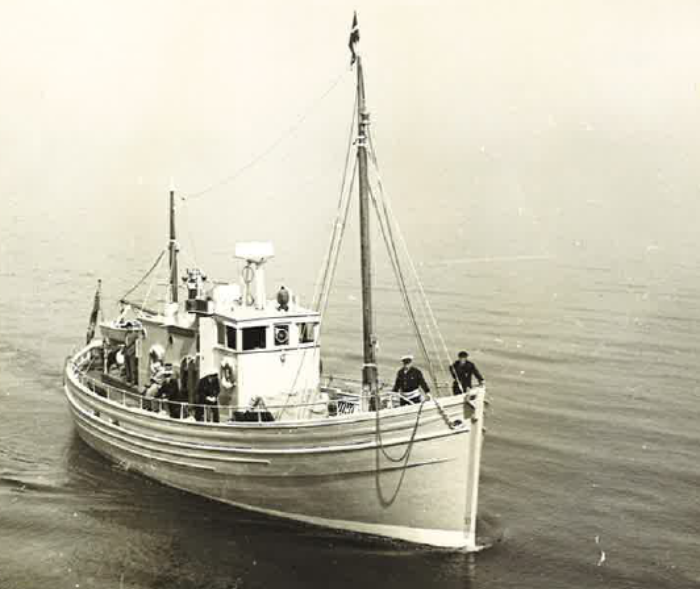
‘John Beardsworth’ is named by the Lord Mayor of Liverpool, Alderman Herbert N. Bewley CBE in a ceremony held at Canning Dock. Over her years of service, she would spend 1,931 days on patrol, covering over 102,000 miles. She was sold on 29th January 1976 for the sum of £10,200.
‘A. Stopford’ Arrives at her Station
1st May 1967
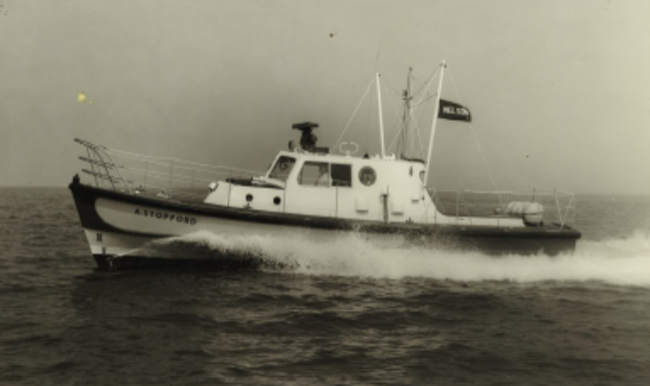
‘A. Stopford’ arrives at her station in Pwllhelli. Reports of her performance at sea and fitness for purpose were good. However, after a couple of years in service she seems to have developed some vibration problems with her propellers that required attention. Her high performance engines seem to have also been a constant source of trouble. She was sold in 1974 for the sum of £14,500.
‘Samuel Baxter’ Accepted into Service
10th April 1976
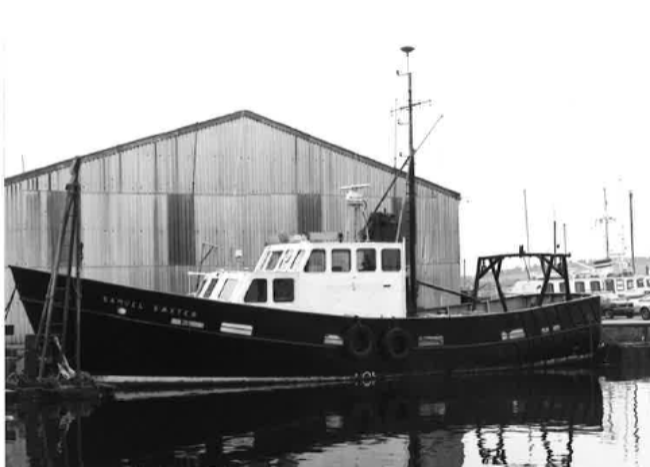
‘Samuel Baxter’ is accepted into service, throughout which she was plagued with many expensive maintenance problems. In 1981, it was reported that £45,000 had been spent on her in the previous 12 months. In 1983, she was sold to the highest bidder for the sum of £52,105 and became a yacht in the Caribbean.
‘L & W Protector’ Accepted by the Committee
21st March 1983
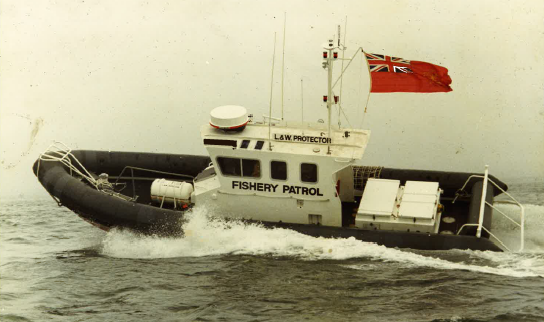
‘L & W Protector’ is accepted by the Lancashire and Western joint Sea Fisheries Committee. She remained in service to the committee until March 1996 when her replacement “Aegis” began service.
‘Solway Protector’ Arrives in Workington
17th March 1989
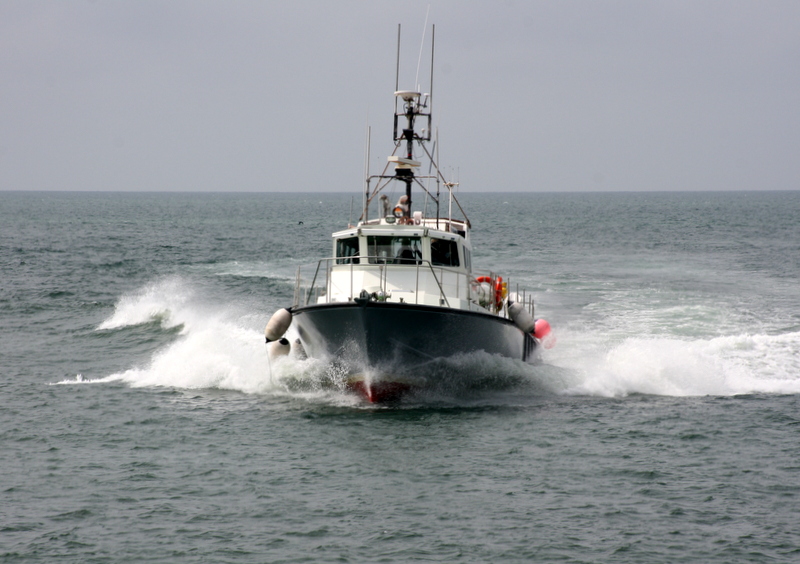
‘Solway Protector’ arrives in Workington to serve the Cumbria Sea Fisheries Committee. She became the main patrol vessel of the NWIFCA following its formation and remained in service until 2018, when she was replaced by ‘North Western Protector’ and sold.
‘Aegis’ Named
10th July 1996
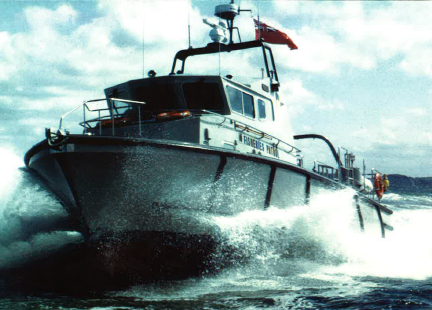
North West and North Wales Sea Fisheries Committee’s new boat, ‘Aegis’, is named by HRH the Prince of Wales in a ceremony at Conwy Marina. She served with the Committee until 2010, when the Committee was split into the temporary North Western Sea Fisheries Committee and the fishery department of the Welsh Assembly Government. She is still in service with the Welsh Assembly Government today.
North Western and North Wales Sea Fisheries Committee Splits
1st April 2010
Following Welsh devolution, the North Western and North Wales Sea Fisheries Committee splits. Responsibility for managing the Welsh fisheries is passed to the Welsh Assembly Government. North Western Sea Fisheries Committee’s jurisdiction spans from the English border in the Dee Estuary to Haverigg Point in Cumbria. The patrol vessel ‘Aegis’ is given to the Welsh Assembly Government, leaving North Western Sea Fisheries Committee with no main patrol vessel until the formation of NWIFCA a year later.
North Western Inshore Fisheries and Conservation Authority Formed
1st April 2011
Cumbria Sea Fisheries Committee and North Western Sea Fisheries Committee merge to become North Western Inshore Fisheries and Conservation Authority. Cumbria Sea Fisheries Committee’s patrol vessel ‘Solway Protector’ becomes the Authority’s main patrol vessel.
‘Protector Gamma’ Commissioned
2011
‘Protector Gamma’ is used to patrol close inshore around Barrow and North Morecambe Bay.
Byelaw 3 Cockle and Mussel Permit Regime Created
23rd August 2012
Byelaw 6 Protection for European Marine Site Features
15th May 2014
This byelaw prohibits the usage of bottom towed gear from areas of reef and seagrass beds. It also prohibits bait collection and hand gathering from seagrass beds. The byelaw covers Morecambe Bay.
‘Bay Protector’ Commissioned
2014
‘Bay Protector’ patrols the inshore waters of the River Ribble, River Mersey and can used further north in the district if needed.
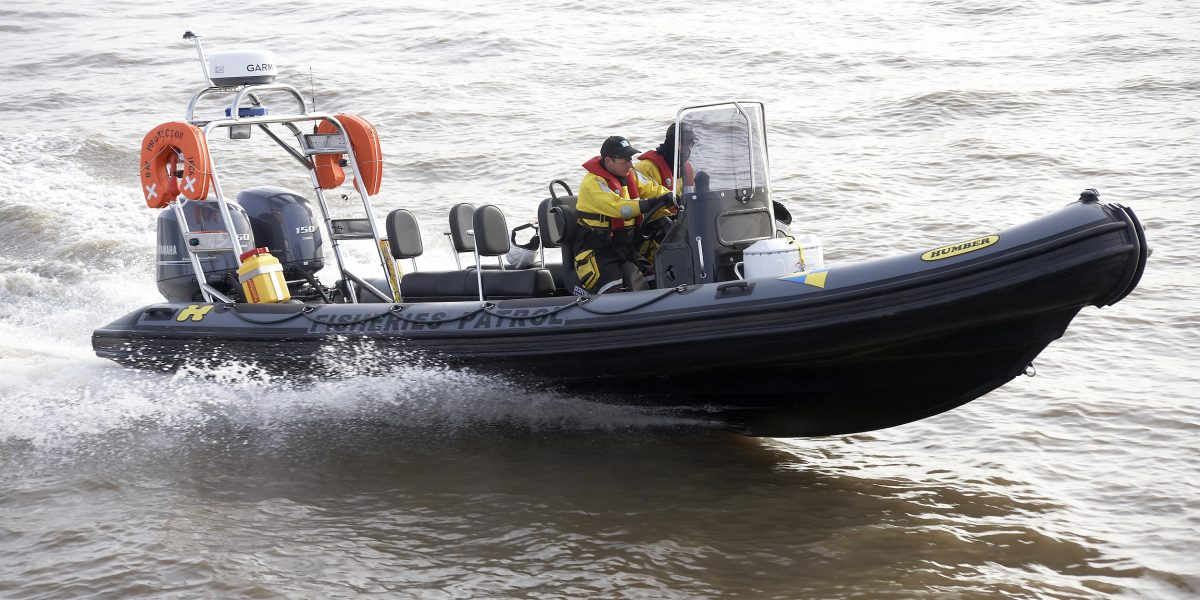
‘North Western Protector’ Named
25th July 2018
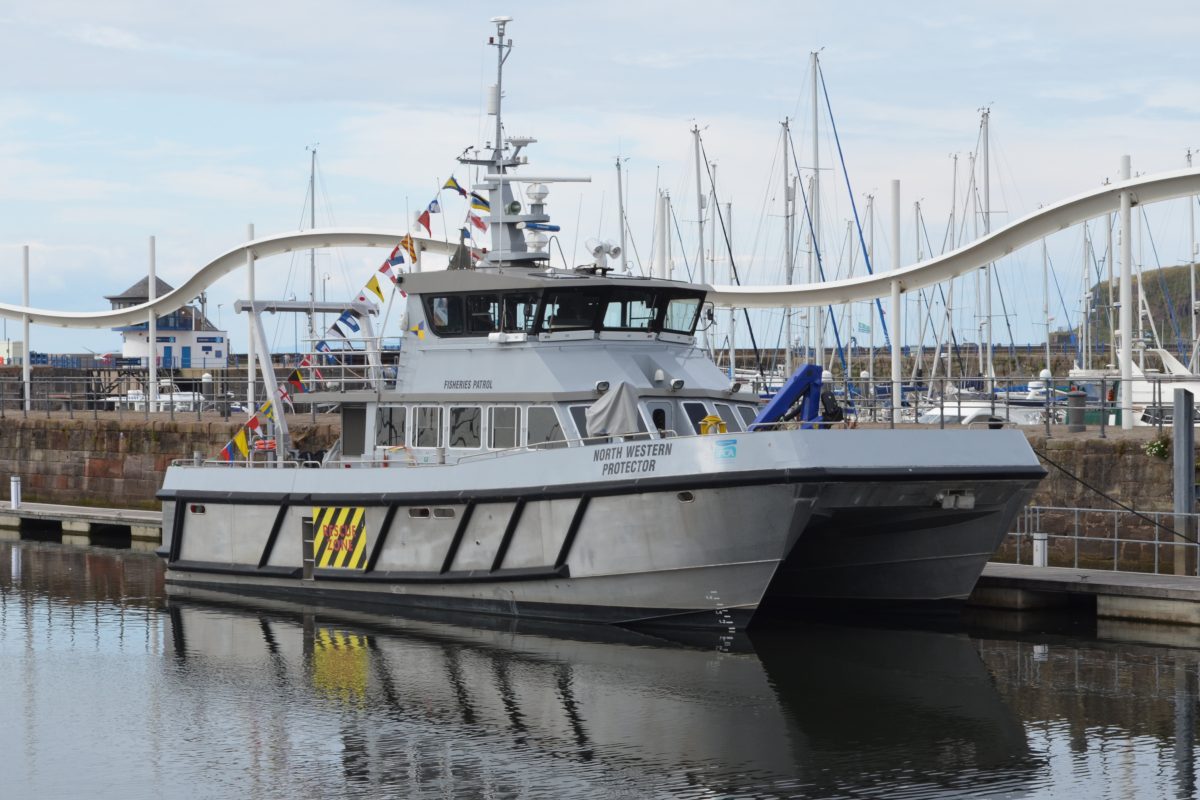
‘North Western Protector’ is named by HRH the Duke of Gloucester, replacing the ageing ‘Solway Protector’.
St. Bees Voluntary Code of Practice
2018
The coastline around St. Bees Head is important for many bird species which nest and feed in the area. The Voluntary Code of Practice which is implemented each year helps protect these species from becoming accidentally entrapped by nets and disturbed by vessels. It is usually implemented from mid-March until the end of July.
Allonby Bay HPMA Designation
28th February 2023
Defra announced that Allonby Bay is to become one of the three sites to be designated as a HPMA, and the only inshore one nationally.
It was announced on the 5th July 2023 that these designations had come into effect.
New Chief Executive Officer
11th April 2024
NWIFCA welcomed Mark Taylor as the new Chief Executive Officer.

Drones Acquired
2024
NWIFCA have two drones for enforcement and science.
The drone used by the Authority’s Enforcement Team for fisheries enforcement, management and research is DJI Matrice 30T. The camera features a laser rangefinder, thermal imaging, zoom and wide angle functions, which, in addition to GPS technology, will assist the detection and evidencing of offences. The drone used by our Science Team is DJI Mavic 3M drone. This will be used for site surveys, to observe and monitor Marine Protected Areas, European Marine Sites and other areas of environmental concern, which will subsequently feed into management measures.
